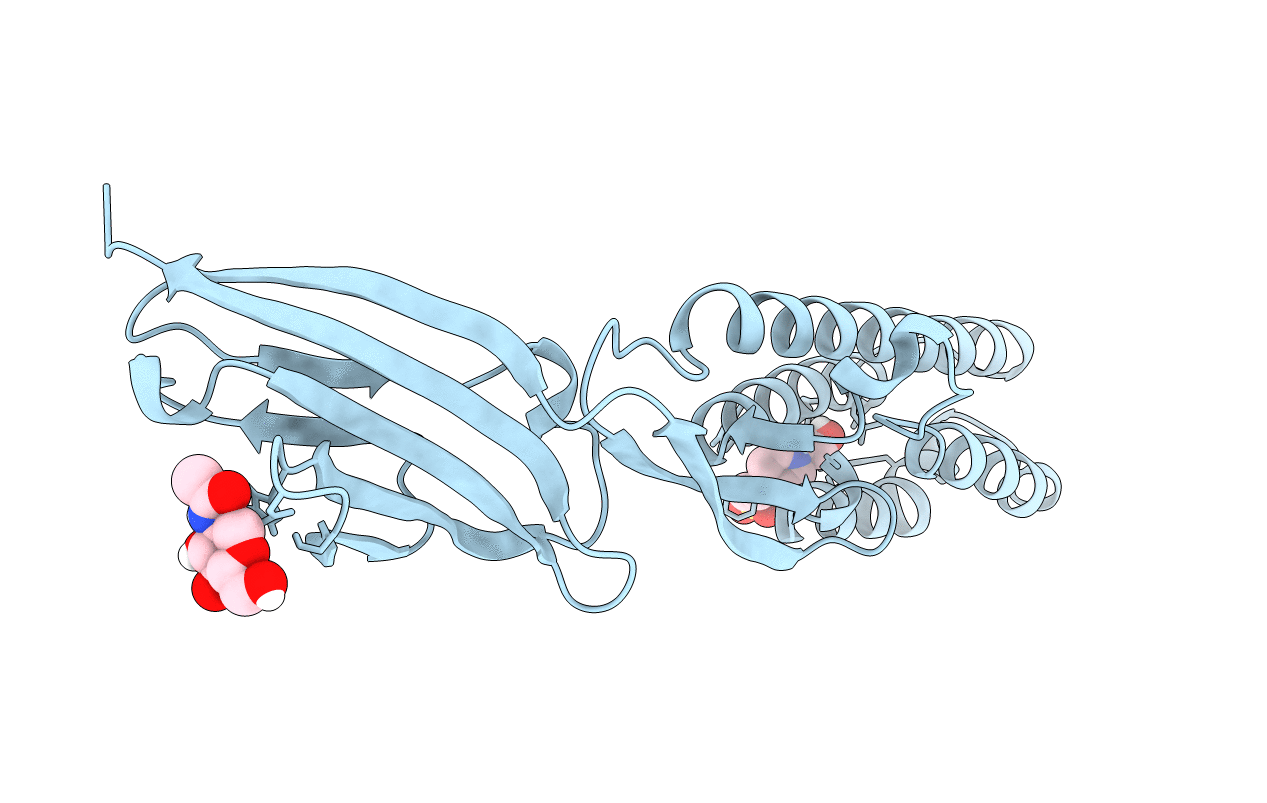
Deposition Date
2016-05-11
Release Date
2016-07-06
Last Version Date
2024-10-23
Entry Detail
PDB ID:
5B5K
Keywords:
Title:
Crystal structure of Izumo1, the mammalian sperm ligand for egg Juno
Biological Source:
Source Organism:
Mus musculus (Taxon ID: 10090)
Host Organism:
Method Details:
Experimental Method:
Resolution:
2.50 Å
R-Value Free:
0.28
R-Value Work:
0.25
R-Value Observed:
0.25
Space Group:
I 4 2 2


